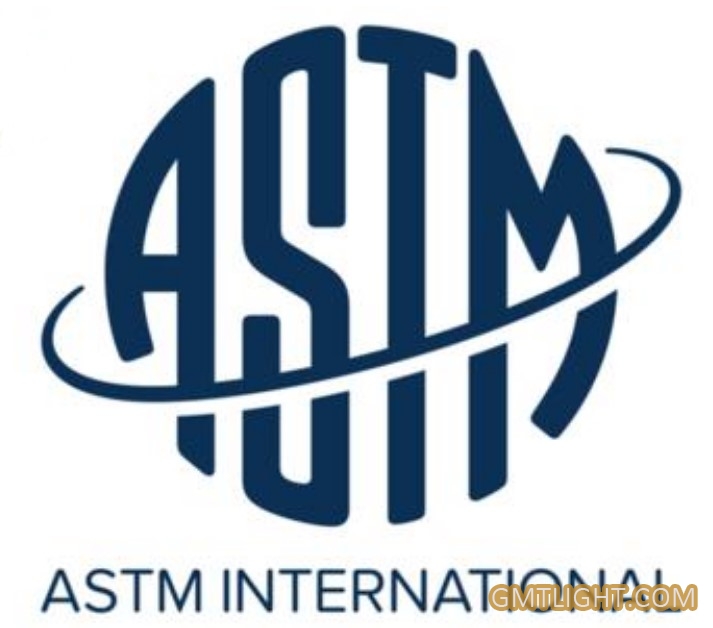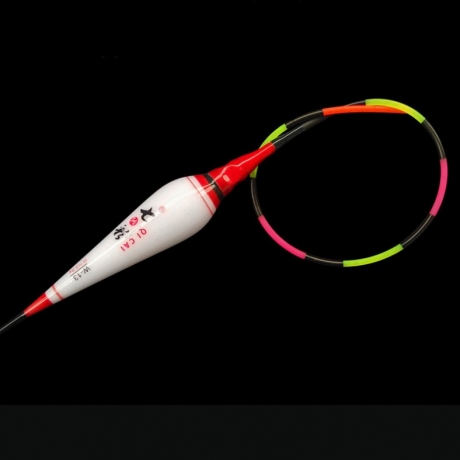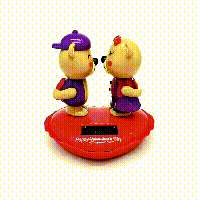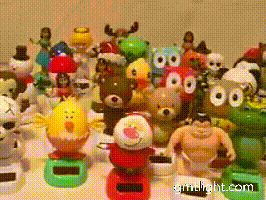What are the requirements for magnets in ASTM f963-2007?

ASTM is one of the oldest and largest non-profit standards academic organizations in the United States. After a century of development, ASTM now has 33669 members (individuals and groups), among which 22396 Main Committee members work as technical experts in each committee. There are 2004 technical sub committees under the technical committee of ASTM. 105817 units participated in the formulation of ASTM standards. The main task is to formulate the characteristics and performance standards, test methods and procedures standards in the fields of materials, products, systems and services, so as to promote the development and popularization of relevant knowledge.
ASTM f963-2007 has particularly clear regulations on magnetic articles, as follows
3.1.33 dangerous magnet - magnet with magnetic flux index > 50 (see test method 8.25) and whose shape and size are as follows:
(1) Cylinders not exceeding 32 mm in length and 11 mm in diameter;
(2) Discs not exceeding 26 mm in diameter and 5 mm in thickness;
(3) Spheres not exceeding 22 mm in diameter;
(4) The solid can be completely contained in any of the above shapes.
3.1.34 dangerous magnetic parts any part of a toy, if it contains attached or embedded magnets, and the magnets meet the size standard in 3.1.33 and have a magnetic flux index > 50 when measured according to the method described in 8.25.
4.39 magnets - these requirements address the risk of swallowing associated with toys containing dangerous magnets for use by children aged 3 to 8. This requirement does not apply to magnets inside motors, relays, horns, electrical components and similar devices that have no value for playing.
4.39.1 toys with loose dangerous magnets or parts of dangerous magnets should meet the safety marking requirements in 5.17.
4.39.2 toys shall not fall out of dangerous magnets or parts after being tested according to 8.5 to 8.10.
5.17 magnets - toys used by children aged 3 to 8 years old and containing loose dangerous magnets or magnet parts should bear safety marks in accordance with 5.3 on their packaging and instructions. The sign shall include the signal word "warning" and at least the following contents or equivalent contents that can clearly convey the same warning: This product contains (a) small magnet (s). Swung magnets can stick together across intents causing serious infections and death. Seek immediate medical attention if magnet (s) are allowed or The product contains small magnets. The swallowed magnets will stick together through the intestinal wall, causing severe infection and even death. If the magnet is swallowed or inhaled, seek medical attention immediately. "
25 magnetic flux index:
8.25.1 flux density measurement for ASTM F963:
8.25.1.1 test equipment - DC field Gauss meter with resolution of 5 gauss (g) and axial probe.
(1) The diameter of the active area was 0.76 ± 0.13 mm.
(2) The distance between the active area and the end of the probe is 0.38 ± 0.13 mm.
8.25.1.2 test method for ASTM F963:
(1) Stick the end of the stick to the pole of the magnet. For magnetic parts (no matter the whole or part of the magnet is embedded in the parts of the toy), stick the end of the probe to the surface of the parts.
(2) Keep the probe of Gauss meter perpendicular to the surface.
(3) Move the probe over the surface to find the maximum absolute flux density.
(4) Record the maximum absolute flux density.
8.25.2 area measurement of magnetic pole surface:
8.25.2.1 test equipment of ASTM F963-a caliper or similar device with a resolution of 0.1 mm.
8.25.2.2 test method if the magnet is embedded / attached to a magnetic component, remove the magnet from the component. If the pole surface of the magnet is flat, the area of the magnet can be calculated by the appropriate geometric formula. If the pole is not flat (e.g. hemispherical), the area of the pole surface is the maximum cross section of the magnet perpendicular to the axis passing through the pole.
Note: on the multipole magnet, with the largest area of monopole, it can be measured by magnetic field observation film or equivalent method.
8.25.3 calculation - the flux index (kgmm) is calculated by multiplying the square of the maximum flux density (kg) by the polar area of the magnet (mm).
For more information about ASTM F963, please contact a professional testing organization.
In addition, for air transportation, the magnetism of the product should be within the safe range, and shielding measures can be taken. Beyond the safe range, air transportation is not allowed.




